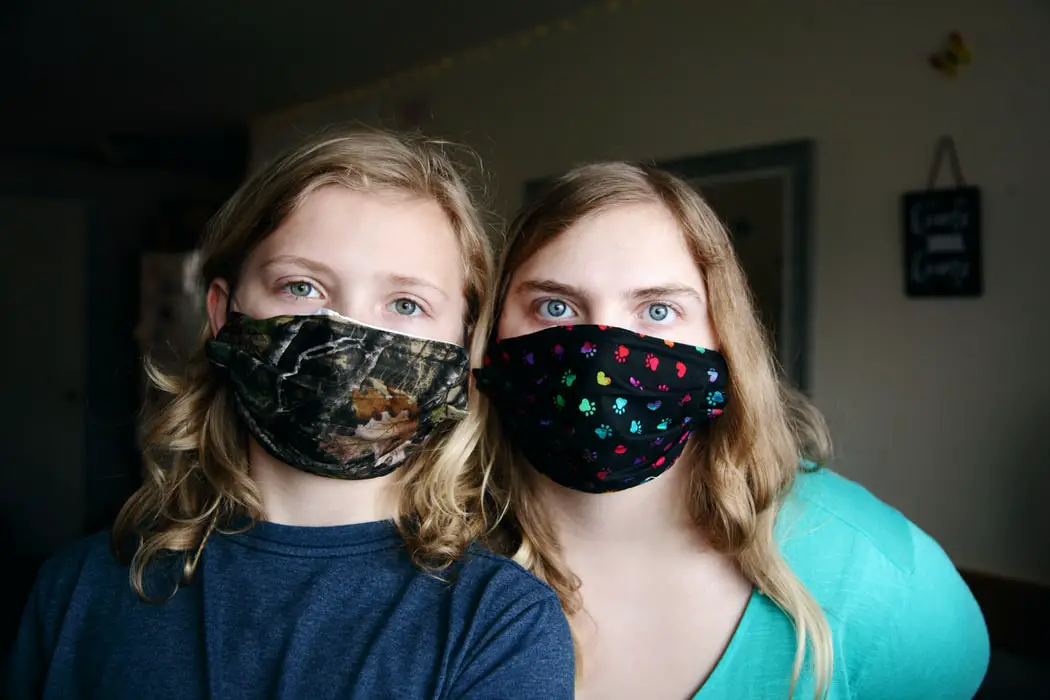If you are unsure about the need to wear a face mask when in public, this latest advice from the Government may be of help.
- People who use public transport or visit shops should consider covering their mouth and nose based on advice from SAGE
- Face coverings are not a replacement for social distancing and regular handwashing which remain the most important actions, says Chief Medical Officer
- Public urged not to buy medical grade masks so they can be saved for frontline health and care workers, and instead make their own face coverings at home
Use in enclosed public spaces
The public is advised to consider wearing face coverings in enclosed public spaces where you may be more likely to come into contact with people you do not normally meet, the government announced this week.
After careful consideration of the latest scientific evidence from the Scientific Advisory Group for Emergencies (SAGE), the government confirmed face coverings can help reduce the risk of transmission in some circumstances.
Protect yourself and others
Face coverings can help us protect each other and reduce the spread of the disease if you are suffering from coronavirus but not showing symptoms.
People with coronavirus symptoms, as well as members of their household, should continue to follow the advice to self-isolate.
Where to use
They may be beneficial in places where it is hard to follow maintain social distancing measures. This applies when using public transport, such as trains, buses and metro systems, or when visiting shops.
They do not need to be worn outdoors, while exercising, in schools, in workplaces such as offices and retail, by those who may find them difficult to wear, such as children under two or primary aged children who cannot use them without assistance, or those who may have problems breathing while wearing a face covering.
Do not buy surgical masks or respirators
The public is being strongly urged not to purchase surgical masks or respirators. These are prioritised for healthcare workers working in more high-risk environments where the risk is greatest.
Instead the public is encouraged to make face coverings at home, using scarves or other textile items that many will already own. Read the guidance on how to wear and make a cloth face covering.
Professor Chris Whitty, Chief Medical Officer said:
Wearing a face covering is an added precaution that may have some benefit in reducing the likelihood that a person with the infection passes it on.
The most effective means of preventing the spread of this virus remains following social distancing rules and washing your hands regularly. It does not remove the need to self-isolate if you have symptoms.
How the virus spreads
Covid-19 can be spread directly by droplets from coughs, sneezes and speaking. These droplets can also be picked up from surfaces by touch and subsequently from touching the face.
That is why hand hygiene is so important in controlling the infection.
Reduce the spread of droplets
Evidence shows a face covering can help in reducing the spread of droplets and therefore potentially infecting others, and could help to reduce the spread of infection as lockdown measures start to be lifted.
It is important people refrain from touching their face covering when wearing it, where possible, to avoid hand to mask transmission of the virus.
Wash homemade masks after every use
Government will not be supplying face coverings centrally as at home items and fabrics readily available on the market can be used, but it is important to wash them after every use.
Research from the WHO showed that where masks were recommended for prolonged periods of time, some wearers failed to maintain good handwashing practices or follow social distancing policies, putting others at risk.
The Government say face coverings do not need to be worn in schools.
Image: Sharon McCutcheon under CC BY 2.0





